Delhi – Culture and Tradition
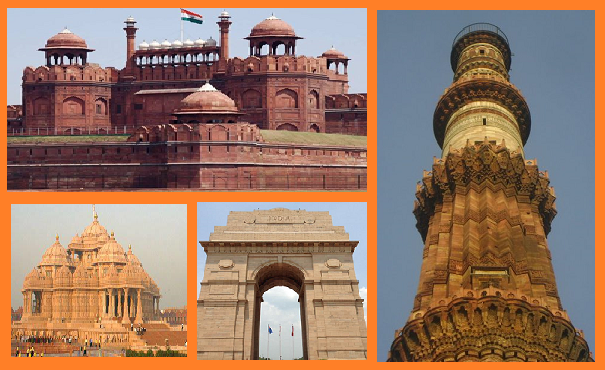
Delhi is the capital of India and union territory with bordering states of Haryana from three sides and Uttar Pradesh from the east. It is the center of the National Capital Region (NCR) which includes Delhi, Ghaziabad, Faridabad, Gurgaon, Noida, and Meerut.
Delhi is the diplomatic and administrative hub of the country, as well as it is the home to the Indian Parliament and many government buildings. Many national and international businesses have their main offices in Delhi. It is one of the world’s largest cities, both in terms of population and extent.
Delhi has a rich cultural heritage, modern lifestyle and also is a venue of important events of the country. Delhites have always a step ahead in terms of commercial and educational propensity.
History
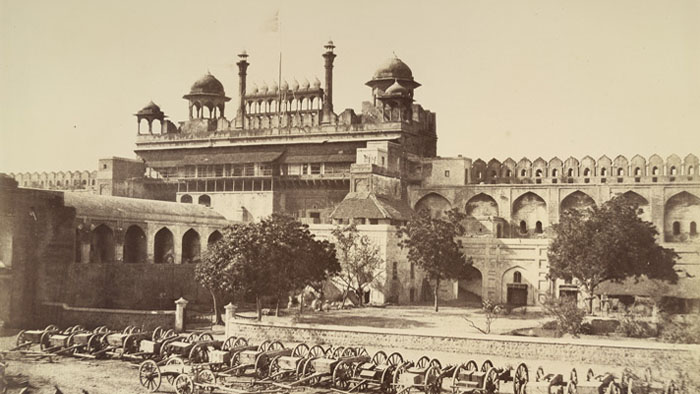
Delhi has only been India’s capital since 1911. According to Hindu mythology Delhi’s first avatar was as the site of a dazzling wealthy city, Indraprastha, mentioned in the Mahabharata and founded around 2500 BC.
The next five cities were to the south of today’s Delhi. First was Lalkot, which from 1206, became the capital of the Delhi Sultanate under the Slave Dynasty. The story of the first Sultanate of Delhi, Qutb-ud-din Aybak, is a classic rags-to-riches story.
A former slave, he rose through the ranks to become a general, a governor, and then Sultan of Delhi. He is responsible for building Qutub Minar but died before its completion.
The 1300s were a tumultuous time for Delhi, with five cities built during the century. Siri was the first of these whose name derives from the Hindi name for ‘head’. Its founder buried the heads of infidels in the foundation of the fort.
Then was the Tughlaqabad, whose existence came as an end to Sultan of Delhi Muhammad Tughlaq. The founder was so angry that he destroyed the city. Then came the cities of Jahanpanah and Ferozebad.
Delhi’s center of gravity began to move northwards. In the 1500 Dinpanah was constructed by Humayun, whose wonderful tomb graces Hazrat Nizamuddin. Shahjahanabad, known as Old Delhi today became one of the richest and most populous cities in the world.
The Persian emperor Nadir Shah invaded, killing many as 120,000 residents in a single bloody night and stealing the Kohinoor Diamond.
The next destroyer of Delhi was the British, who ransacked the city in the wake of the great uprising/ Mutiny of 1857. For the next 50 years, while the port cities of Calcutta and Bombay thrived under the British, Delhi languished. Then in 1911, King George, on a visit to India announced that a new city should be built next to what remained of Delhi and that would be the new capital of India.
The British architect Edwin Lutyens was brought in to design the city and since then the building of the city has not stopped. The central part of New Delhi is an example of Britain’s imperial pretensions. Delhi’s population swelled after the violence of partition, with refugees flooding the city. In the next 10 years, the population of Delhi doubled, and many well-known housing colonies were built during this period.
In 1990 with the economic boom there was an explosion of construction and soaring real estate prices. Delhi is changing at such a breakneck speed that shops, homes, and even airports seem to appear and disappear almost overnight.
Since then Delhi has struggled to cope with the effects of pollution, traffic congestion, shortage of water and power, continual construction, and extreme climate.
Now Delhi has reinvented itself as the most forward-thinking and one of the best-run cities in India. A further boost to the city came when it was awarded the 2010 commonwealth games. The games bring much-needed improvement to the city infrastructure, including a new international airport. A large area of slums was cleared to beautify the city. Delhi now is one of the most expensive places to live in India.
Suggested Read: Red Fort – Lal Quila
Culture
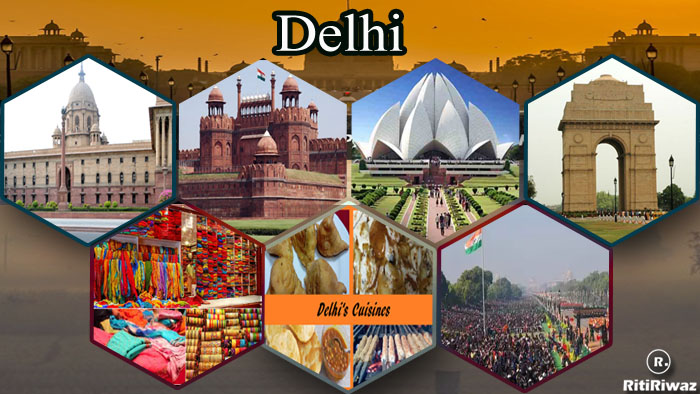
Delhi has a rich history and it was ruled by many rulers in the past and also being the capital of India people from every corner of India reside here. So you can find a mixture of all cultures here in Delhi.
Being the capital of India, it is the center of politics of the country which paved the way for the cosmopolitan lifestyle of the people. Delhites are a merger of modern lifestyles as well as they follow the old traditions and values. Numerous fairs and festivals are celebrated in the city bringing a colorful aspect to its culture.
Muslims celebrate Eid-ul-Fitr, the Punjabis celebrate Lohri, Biharis celebrate their Chhat Puja while Bengali has their Durga Puja. So the culture of Delhi has the influence of the people of Punjab, Haryana, Uttar Pradesh, Rajasthan since these states border the capital.
Suggested Read: North Indian Culture
Art and Crafts
Mughal rulers have a great influence over Delhi, the intricate carving, architectural design of the painting are priceless and worth seeing. Mugal Palaces in Old Delhi have masterpiece craftsmanship.
Pottery design, wooden toys, sculpting, kite making, and polishing work is still very popular in Delhi. Gold thread embroidery is very popular also called “Zari Zardozi” mostly done in Silk and Velvet clothing. Silver thread is also used in embroidery work nowadays.
Another famous craft is Meenakari work where the colored paint is embossed on Gold and Silver Jewellery. Lacquer craftwork is also very popular with Delhi artists. Even today Delhi has presented those art and craftworks.
There are different art centers in Delhi where you can still see ancient artists crafts work. Markets like Dilli Haat, Hauz Khas, Pragati Maidan also provide glimpses of Indian handworks and looms.
Suggested Read: Qutub Minar Delhi
Language
Hindi is Delhi’s most spoken language followed by Punjabi, Urdu, and Bengali. Hindi is also the official language of Delhi.
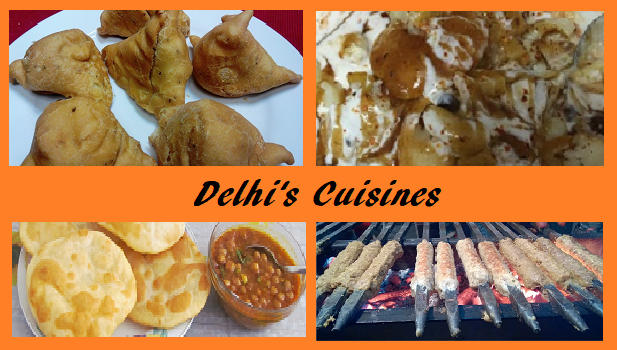
Cuisines
Delhites love eating as they are most famous for their rich history and mouthwatering food. Delhi has people residing from different states so it became a melting pot of various cultures with the different types of cuisines served.
Delhi was ruled by Afghans, English, Arabs, Rajputs, Mughals, etc so their food habits are also influenced by these rulers. The city has its own Kebab, Biryani, Tandoori.
The most famous dishes are samosa, chole bature, aloo chaat, shahi paneer, dal makhani, butter chicken, gol gappe, chole kulche, gulab jamun, jalebi, and lassi.
There are a lot of local dhabas which are very popular among the local people and also among people in nearby states.
The Gali Parathe Wali in Chandni Chowk is very famous since 1870, and they have their own traditional paratha served.
Delhi food comprises Punjabi food, Gujarati food, Rajasthan food, and south Indian food.
Old Delhi is famous for its local Delhi cuisines along with Chandani Chowk area we have Bengali Market which is very popular for its Chaat Papri, Gol Gappas, sweets, etc.
The street vendors’ food is also very popular in Delhi.
Dance and Music
Delhi is under a spell of Mughal aura which is present in their classical music and dance styles. In Delhi classical music including Indian Carnatic music and ghazals are popular.
While the dance form of Khatak, Bharatnatyam, and Oddisi are popular. The city has numerous auditoria and concerts observed with great enthusiasm.
Tourism
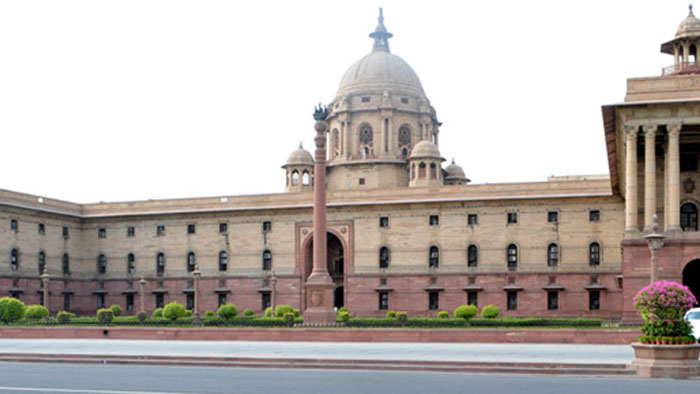
Being the center of various events related to business, sports, and entertainment held there has led to an increase in tourism. Delhi has world-class airport facilities, attractions, and a growing economy. Delhi metro is rightfully the city’s pride.
Visitors of Delhi are likely to divide their time between the central and southern areas of the city, where most of the major sights can be seen.
Enjoy the experience of seeing it all differently. Famous places for tourism are.
- India Gate
- The Red Fort
- Rashtrapati Bhavan
- Humayun Tomb
- Ugrasen Ki Baoli
- Chillah Nizamuddin Aulia
- Qutub Minar
- Jantar Mantar
- Lotus temple
- Alai Darwaza






